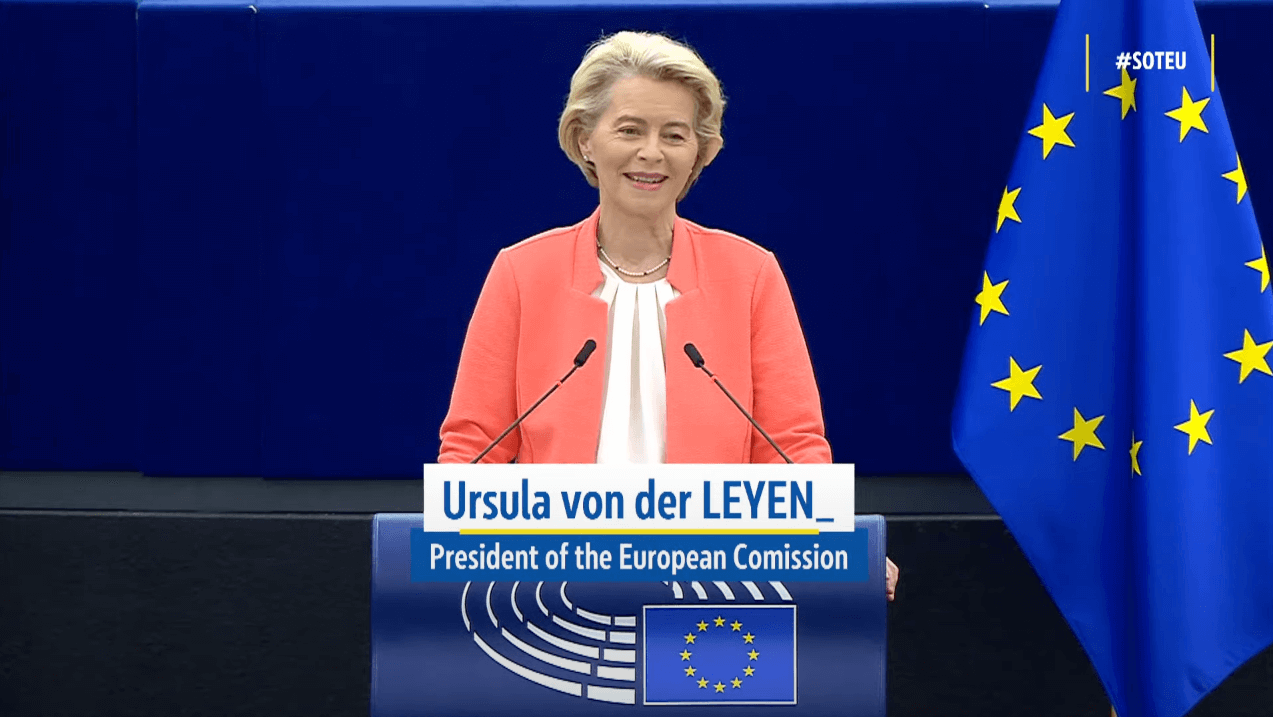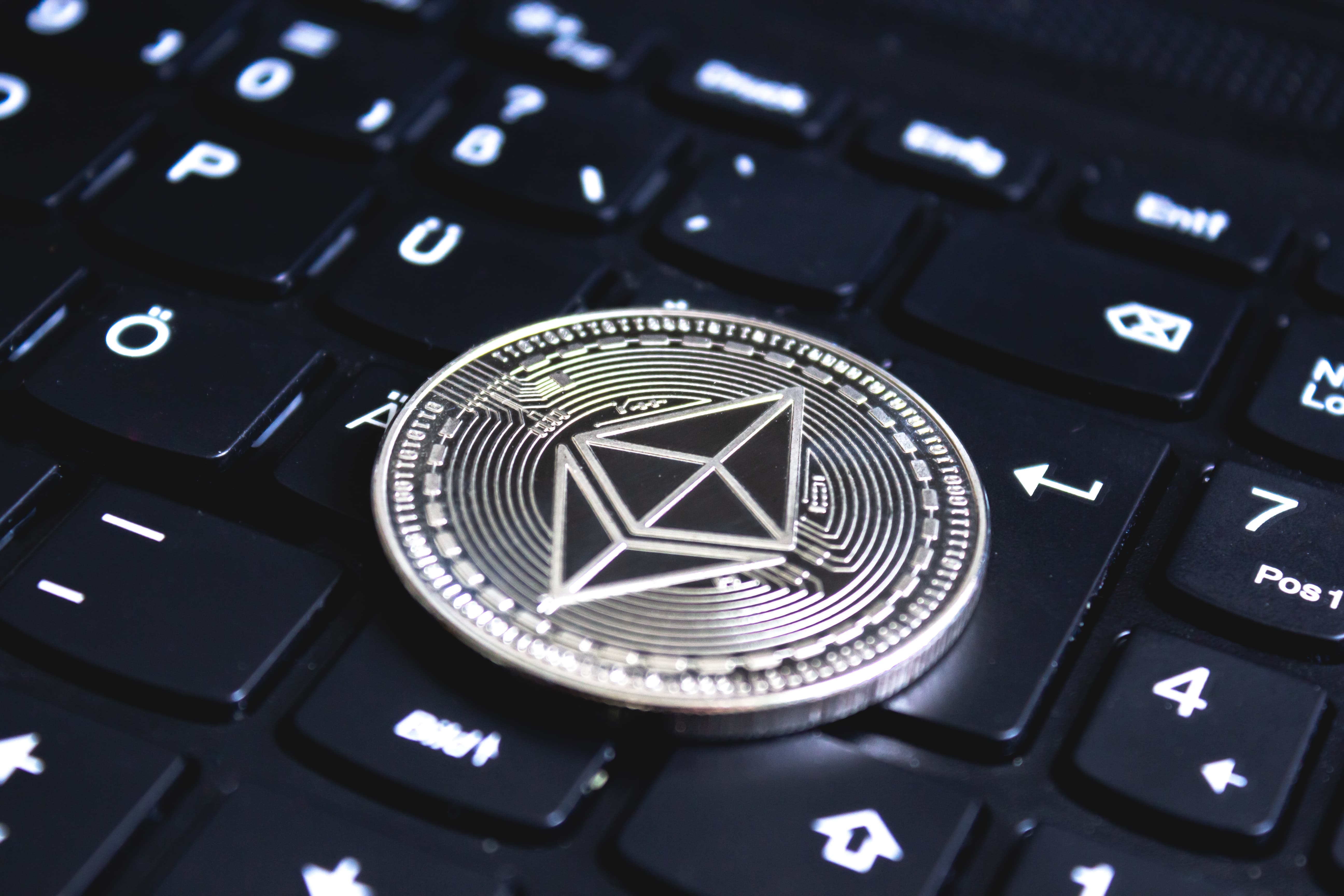The UK and the USA have signed a Memorandum of Understanding (MOU) regarding the technology prosperity deal. The aim is to facilitate collaboration on joint opportunities of mutual interest across strategic science and technology areas, including AI, civil energy, and quantum technologies.
The two countries intend to collaborate on building powerful AI infrastructure, expanding access to computing for researchers, and developing high-impact datasets.
Key focus areas include joint flagship research programs in priority domains such as biotechnology, precision medicine, and fusion energy, supported by leading science agencies from both the UK and the USA.
The partnership will also explore AI applications in space, foster secure infrastructure and hardware innovation, and promote AI exports. Efforts will be made to align AI policy frameworks, support workforce development, and ensure broad public benefit.
The US Center for AI Standards and Innovation and the UK AI Security Institute will work together to advance AI safety, model evaluation, and global standards through shared expertise and talent exchange.
Additionally, the deal aims to fast-track breakthrough technologies, streamline regulation, secure supply chains, and outpace strategic competitors.
In the nuclear sector, the countries plan joint efforts in advanced reactors, next-generation fuels, and fusion energy, while upholding the highest standards of safety and non-proliferation.
Lastly, the deal aims to develop powerful machines with real-world applications in defence, healthcare, and logistics, while prioritising research security, cyber resilience, and protection of critical infrastructure.
Would you like to learn more about AI, tech, and digital diplomacy? If so, ask our Diplo chatbot!










